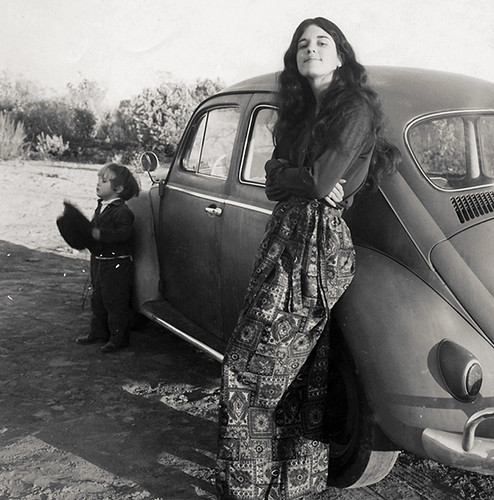
Sitting on Morley Yan’s Motorcycle on 33 Baldwin St, Toronto, June 1979
When I was a child, during summers and around Christmas (and at various other times), we lived at the Ragnarokr Leather shop Co-op on 33 Baldwin Street, aka the Ragnarokr Cordwainery. For some reason I was trying to recall all the businesses located on that block. Here’s what I came up with:
A Chinese bakery, the name of which I cannot recall. Yung Sing Pastry Shop! That’s it. I don’t remember eating sweets so much from there as much as I recall eating stuffed pork buns, or various savory meat pastries.
A Chinese poultry shop, name forgotten. I don’t believe I ever went inside here, but they shared an alley with us, so walking by this place was always pungent, or worse. They had hanging fowls in the front window.
Hong Kong Grocery – a small store with basic foods and sundries. I recall being sent there to pick up items for meals – milk, or eggs, or whatever. The proprietor was a genial man – I recall him beaming at me as I came in running some errand or another for my mother. There was another grocery on the other side of the street, but I don’t recall going there often, unless with friends to buy candy. My uncle adds:
The grocery store was called Nik’s at first and then was sold to a Chinese guy from Honduras. He spoke Spanish. His first store was in a mining town in Honduras. When the gold ran out he moved to Toronto.
The Yellow Ford Truck – a clothing store (?) run by like minded American exiles. It might have been a head shop, but to be honest, I don’t really remember much about it. Perhaps children were not welcomed because of the kind of goods that were sold there.
Morningstar Trading Company– a clothing store specializing in Indian and Southeast Asian imports. I do remember hanging out here quite a bit. I guess it is still around in one form or another, though I don’t know if it is owned by the same principals.
Mandel’s Creamery – delicious Jewish dairy and cheese monger; fresh made cream cheese is what I primarily remember. This was also a place I would get sent to by my mother when she needed something. I think still around, though in a different location.
John Philips’ Baldwin Street Gallery – sadly, John Philips passed away recently, though not before my folks bought some nice prints from his extensive archive. I wish I could have met him as an adult, he probably would have given me some good photo tips.
Letki Designs – a jewelry store. I don’t recall too much about this place, other than my mom’s wedding band came from here, and my aunt Megan lived as an au pair briefly.
The Cosmic Egg – another clothing store, I think. Perhaps they sold surplus goods as well.
There were also two places right on the adjacent block of McCaul Street – Silverstein’s Bakery, and the Whole Earth Food store. Both of these places evoke smell memories, even after all this time. I was frequently sent to pick up fresh rolls or a loaf of rye bread from Silverstein’s, and Whole Earth had those big buckets of freshly ground nut butters and bins of brown rice and so forth.
As far as aided recall, a lot of the Baldwin Village stores are listed here, but where’s the fun in that? Some of those I truly do not remember, like the Red Morning Communist Party, or Children of God / Imperial Pig, Amaranth-Pentacle or even the Sissler Gallery, which might have been right next door. I sort of remember Java Blues, a coffee shop that had a little sidewalk cafe adjunct.
Looking back, that stretch of Baldwin was pretty dense – you certainly didn’t need a car. I haven’t visited Baldwin Street since 1994 – I wonder how much remains the same? Not much I presume.
Footnotes:



















